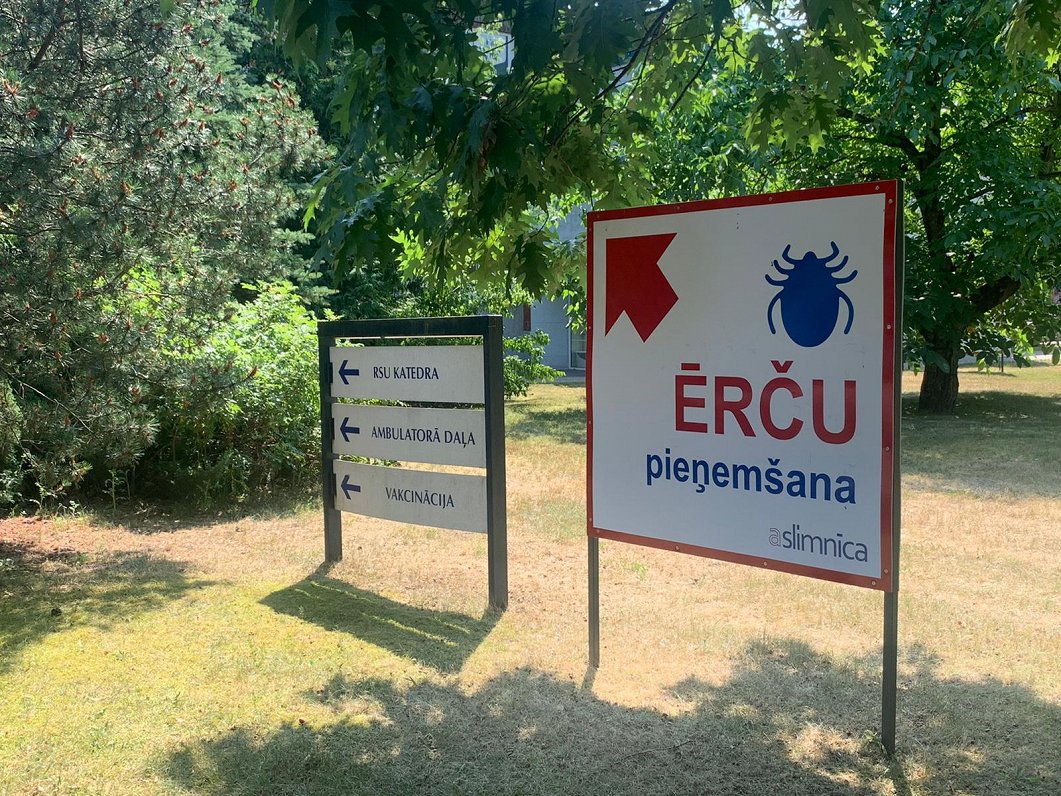Only 2% of the ticks tested were infected with tick encephalitis. It doesn't mean that everyone who gets these ticks inevitably gets sick. But medics remind the public to be careful outdoors and take suitable precautions when in areas potentially containing ticks.
727 ticks have been removed by July 11 at Riga East Clinical University Hospital (RAKUS). Not all removed ticks are analyzed as it is a paid-for service.
Tick encephalitis is an acute central nervous system disease. The most serious cases end up with death or disability, and may also include headache, fatigue, trouble balancing or other consequences.
Three or 1.7% of ticks have been tested positive for encephalitis in the laboratory from a total of 176 ticks. That number varies every year. In 2015, 5% were infected, 4% in 2016, and in 2018 and 2019 only 0.65% and 0.82% of all ticks tested.
Baiba Rozentāle, chief doctor of the Infectology Center, explained: "[Infection] with tick-borne encephalitis virus is increasing. [...] Let's see what the dynamics will be. We can only say that we have six patients at the moment. Four have been cured. At present, more people are near the sea and sand, there is less access to [ticks]. See what autumn will be."
Meanwhile, Lyme disease agents are found more frequently in ticks this year. 213 ticks were investigated on borrelia, with 40 or 18.8% infected.
A vaccine is available against tick-borne encephalitis and can therefore protect people. "That can't be said about Lyme borreliosis, where there is no vaccine. It is therefore important to find out whether the tick was infected and whether the borreliosis went over to the person," noted Sergejs Ņikišins, head of the Reference Laboratory of the Center.
Even if the tick is infected, much depends on how long the insect is attached, because it is not always and not immediately that the pathogen from the tick comes into human blood.
Rozentāle said: "But people should be calm, because we have only one patient in the hospital with an early form that needs to be treated. Local treatment is outpatient. But most don't get sick. Because the skin and subcutaneous cells catch the agent and the person does not get sick."
Doctors nevertheless remind that you should be careful and check your and your children's bodies after going out in nature.
Long trousers tucked into socks while passing through long grass or undergrowth, tick repellent sprays and regular checks to see if any ticks are crawling towards the fleshier parts of the body that they prefer are all sensible precautions.





























